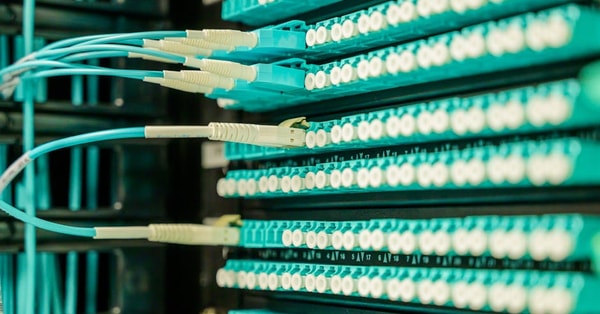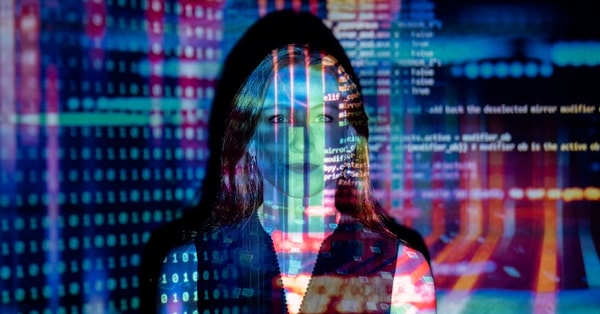Unlocking the Secrets of Super-Recognisers: An AI Study
A new study reveals how super-recognisers excel at face identification through AI analysis, emphasizing quality over quantity in visual exploration.
Super-recognisers have made headlines for their exceptional ability to identify faces, aiding in significant investigations such as the search for the Salisbury novichok poisoners and the tracking down of murder suspects and sexual predators. Recent research has delved into the underlying reasons for their remarkable skills, providing new insights into the mechanisms that set them apart from average individuals. This study highlights the role of artificial intelligence (AI) in understanding how super-recognisers excel at face recognition.
Previous studies indicated that individuals with extraordinary face recognition abilities tend to scan more areas of a face compared to typical recognisers. However, the latest research takes this understanding a step further by employing AI technology to analyze how this method enhances their capabilities. Dr. James Dunn, the lead author and a researcher at UNSW Sydney, emphasizes the importance of strategic visual exploration, stating, "It’s not just about looking everywhere – it’s about looking smart."

Published in the journal Proceedings of the Royal Society B: Biological Sciences, Dunn and his colleagues utilized eye-tracking data from a prior study involving 37 super-recognisers and 68 typical recognisers. Participants were shown images of full faces as well as partial images where only specific areas of the face were visible. In their new study, the researchers reconstructed the visual data seen by the participants, referred to as "retinal information."
This retinal information was then processed through deep neural networks (DNNs), a sophisticated type of AI designed to recognize facial features. The researchers provided the AI with both the retinal data and complete images of either the same faces seen by the participants or different ones, allowing the AI to score the similarity between the two datasets.
The results of the study revealed that the performance of the AI system improved as more of the facial features became visible. Notably, across all visibility conditions, the AI's performance peaked when analyzing retinal information sourced from super-recognisers. Dr. Dunn remarked, "It shows that differences in face recognition ability partly stem from how we actively explore and sample visual information, not only from later processing by the brain."

To further investigate the advantages of super-recognisers, the researchers sought to determine whether their superior performance was simply due to the fact that they looked at more areas of faces, thus gathering more visual data. However, the findings indicated that even when the amount of facial data captured was equivalent, the AI still performed better with information from super-recognisers. Dr. Dunn stated, "This means their advantage isn’t just about quantity; it’s about quality. They pick regions that carry more identity clues, so each ‘pixel’ they choose is more valuable for recognising a face."
Dr. Rachel Bennetts, a face processing expert from Brunel University of London who was not involved in the research, expressed her enthusiasm for the study's contributions to the field. She noted, "To me, its main contribution to our understanding of super-recognition is the conclusion that superior face recognition isn’t just about looking at a specific area, or looking longer or at more places on a face. Super-recognisers are exploring the face in a more effective way."
The findings from this study not only enhance our understanding of super-recognisers but also open new avenues for research in the fields of science and biology, particularly concerning the cognitive processes involved in face recognition. The integration of AI in analyzing visual data represents a promising frontier in understanding how individuals perceive and interpret facial features, potentially leading to advancements in various applications such as security, psychology, and even artistry.

In conclusion, the research into super-recognisers, aided by artificial intelligence, highlights the complex interplay between visual exploration and cognitive processing in face recognition. By revealing that superior face recognition abilities stem from both the quantity and quality of visual information sampled, this study paves the way for deeper insights into human cognition. As the field continues to evolve, the implications of these findings could have far-reaching effects across numerous domains.
Tags:
Related Posts
How AI is Shaping SEO Trends for 2024
Curious about the future of SEO? Discover how AI is transforming content strategies and what it means for marketers in 2024.
The Future of Remote Work: Trends and Insights for 2023
Join me as we dive into the changing world of remote work. Discover trends, tools, and tips to help you thrive in this new normal!
5 Game-Changing Strategies to Boost Remote Team Productivity
Ready to elevate your remote team’s performance? Discover 5 data-driven strategies that will enhance productivity and engagement for a smoother workflow.
Your Beginner's Guide to Creating Engaging Video Tutorials
Want to captivate your audience with video tutorials? Join me as I share my journey and tips for crafting videos that inform and engage!
Your Easy Guide to Making Engaging How-To Videos
Ready to wow your audience? Join me on a journey to create how-to videos that captivate and educate. Let’s make video creation fun and simple!
Unlock Your Productivity: Time Management for Remote Workers
Struggling to balance work and life while remote? Discover innovative time management techniques that can transform your day and boost your productivity.